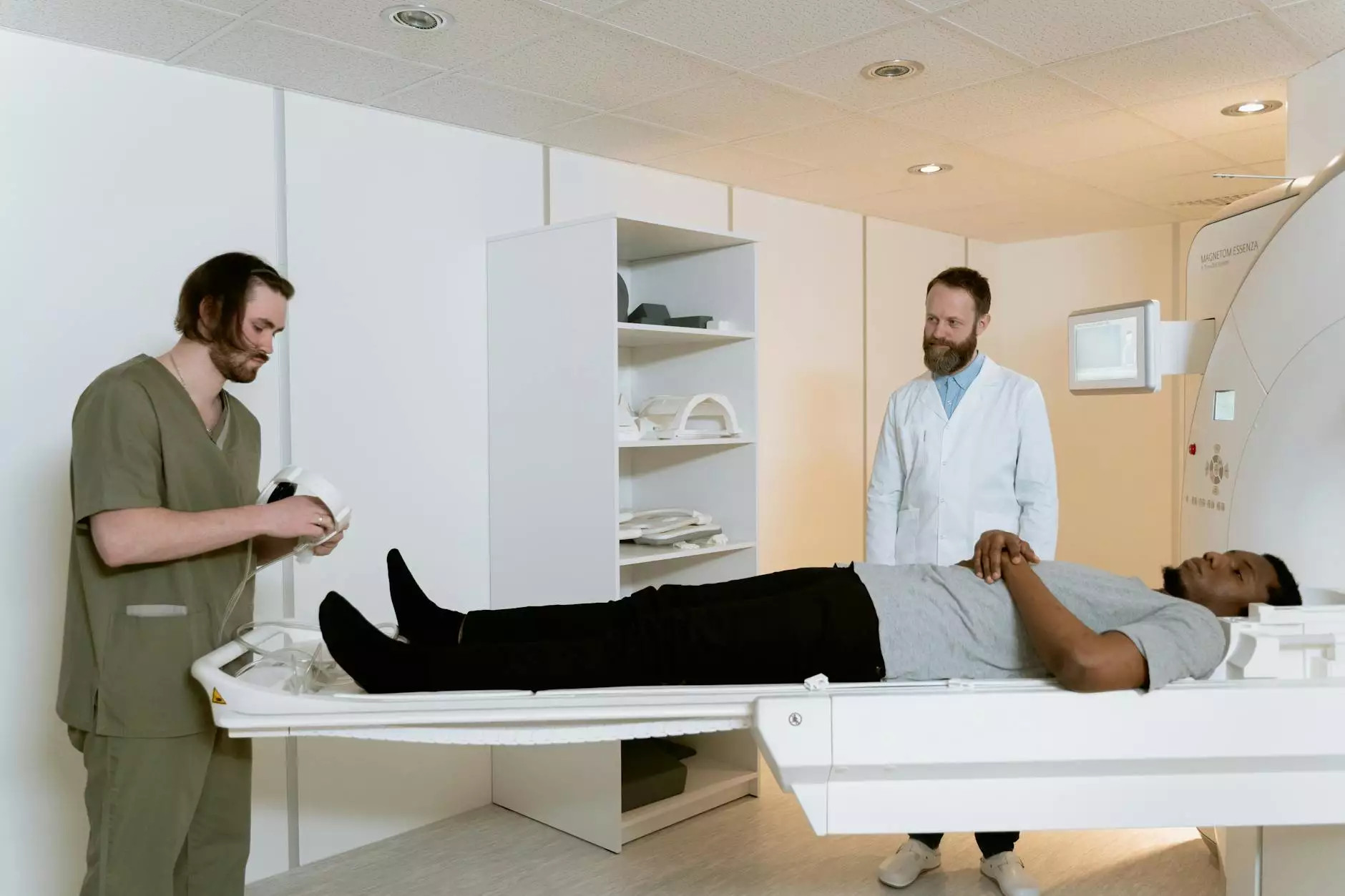Understanding Blepharoplasty: Enhance Your Natural Beauty

Blepharoplasty, commonly known as eyelid surgery, is a fascinating and essential procedure for those looking to rejuvenate their facial appearance. This surgical intervention focuses on the eyelids, addressing issues that range from age-related sagging to functional impairments. Derived from Greek, the term blepharon means eyelid while plasty refers to molding or shaping. This rich history adds a profound layer to this transformative operation, making it a noteworthy topic for anyone interested in cosmetic and reconstructive surgeries.
What is Blepharoplasty?
Blepharoplasty is a surgical procedure designed to enhance the appearance of the eyelids. It can address both the upper and lower eyelids and is typically performed for cosmetic reasons but may also be undertaken for functional reasons. With advancements in surgical techniques, this procedure has gained popularity among individuals seeking not only to enhance their beauty but also to improve their vision, which may be obstructed by drooping eyelids.
Types of Blepharoplasty
Blepharoplasty can be broadly categorized into two main types:
- Upper Blepharoplasty: This procedure focuses on the upper eyelids, effectively removing excess skin, muscle, and sometimes fat. It helps to correct sagging that can lead to a fatigued appearance and may even obstruct vision.
- Lower Blepharoplasty: This surgery addresses issues with the lower eyelids, such as puffiness caused by fatty deposits, dark circles, and sagging skin. Patients often seek this procedure to achieve a more youthful and vibrant look.
Why Choose Blepharoplasty?
There are several reasons why individuals may opt for blepharoplasty:
- Aesthetic Improvement: Many patients wish to enhance the appearance of their eyes, achieving a more youthful and alert look.
- Functional Benefits: For some, drooping eyelids can impair vision, making this surgery not only cosmetic but medically necessary.
- Boosting Self-Confidence: Improved appearance can lead to enhanced self-esteem, encouraging individuals to feel more confident in social situations.
Consultation and Preparation
Prior to undergoing blepharoplasty, a thorough consultation with a board-certified surgeon is crucial. During this meeting, the patient’s medical history will be reviewed, and a physical examination will be conducted to ensure eligibility for the surgery. The surgeon will discuss the expected outcomes, potential risks, and alternative treatment options.
Key Points to Discuss During Your Consultation
- Medical History: Inform the surgeon about past medical conditions, medications, and allergies.
- Expectations: Clearly communicate what you hope to achieve with the surgery.
- Risks and Recovery: Inquire about the potential risks associated with the surgery and the recovery process.
The Blepharoplasty Procedure
The actual procedure for blepharoplasty typically takes between one to three hours, depending on the complexity of the surgery. It can be performed under local anesthesia with sedation or general anesthesia, depending on the patient's preference and the surgeon's recommendations.
Steps Involved in the Procedure
- Anesthesia: The patient is given anesthesia to ensure comfort throughout the procedure.
- Incision: For upper eyelid surgery, incisions are made along the natural folds of the eyelids, while for lower eyelid surgery, incisions may be made just below the lashes or inside the eyelid.
- Removal of Excess Skin/Fat: The surgeon removes excess skin, muscle, and fat, sculpting the eyelids to achieve a natural appearance.
- Closure: The incisions are closed with fine sutures, which minimize scarring.
Recovery Process
Understanding the recovery process is vital for anyone considering blepharoplasty. While recovery time may vary, most patients can expect to experience some swelling and bruising, which typically subsides within a few weeks.
Postoperative Instructions
- Rest: Allow ample time for your body to heal by getting plenty of rest.
- Cold Compresses: Applying cold compresses can help reduce swelling and discomfort.
- Avoid Straining: Refrain from vigorous activities and heavy lifting for several weeks.
- Follow-up Appointments: Attend all scheduled appointments for suture removal and to monitor healing progress.
Potential Risks and Complications
Like any surgical procedure, blepharoplasty has potential risks and complications, though seriously adverse effects are rare. It is essential to have a detailed discussion with your surgeon about these risks, which may include:
- Scarring: The possibility of noticeable scars, although they are typically well-hidden.
- Dry Eyes: Temporary dry eye symptoms might occur post-surgery, but these usually resolve with time.
- Vision Changes: Rarely, patients may experience temporary vision disturbances.
- Infection: As with any surgical procedure, infection is a risk, so proper post-operative care is crucial.
Blepharoplasty Results: What to Expect
The results of your blepharoplasty surgery can be transformative. Many patients report a more youthful and rested appearance, with improved facial harmony. The effects of the surgery can last for several years, although the aging process continues, and additional interventions may be considered in the future.
Maintaining Your Results
To maintain the results of your blepharoplasty:
- Skincare: Invest in sunscreen and quality skincare products to protect the delicate skin around your eyes.
- Healthy Lifestyle: Maintain a balanced diet, stay hydrated, and engage in regular exercise to promote overall health.
- Avoid Smoking: Smoking can hinder healing and affect the appearance of your skin.
Conclusion: Is Blepharoplasty Right for You?
In conclusion, blepharoplasty offers numerous advantages for those looking to enhance their appearance and regain confidence. If you're troubled by sagging eyelids, puffiness, or bags under your eyes, consulting a qualified surgeon can help determine whether this procedure aligns with your aesthetic goals and needs. With a careful approach and proper care, blepharoplasty can be a rewarding and life-changing experience that highlights your natural beauty.
For more information on blepharoplasty and to consult with experienced professionals, visit The Wellcome, where we prioritize your health and aesthetic aspirations.









